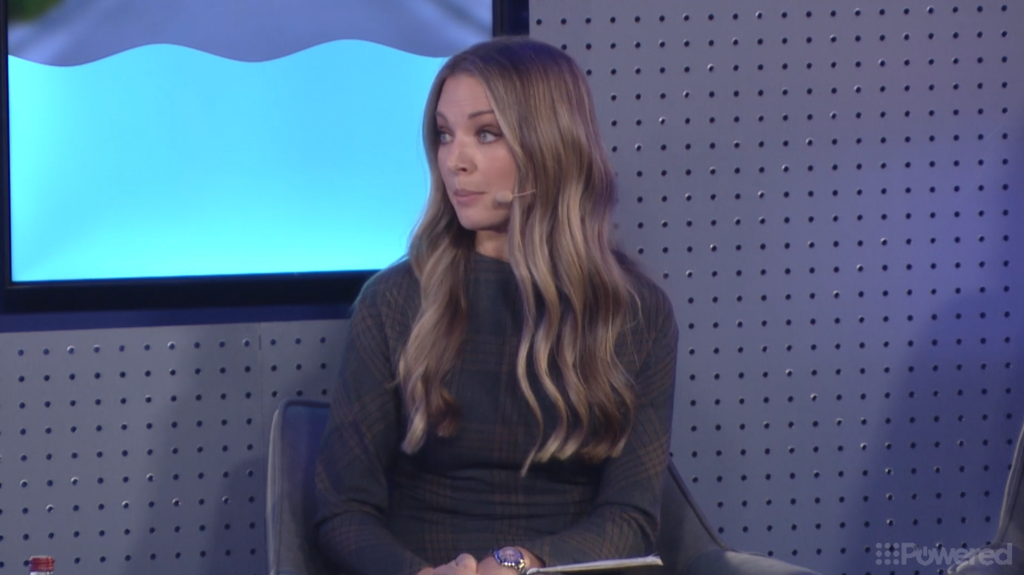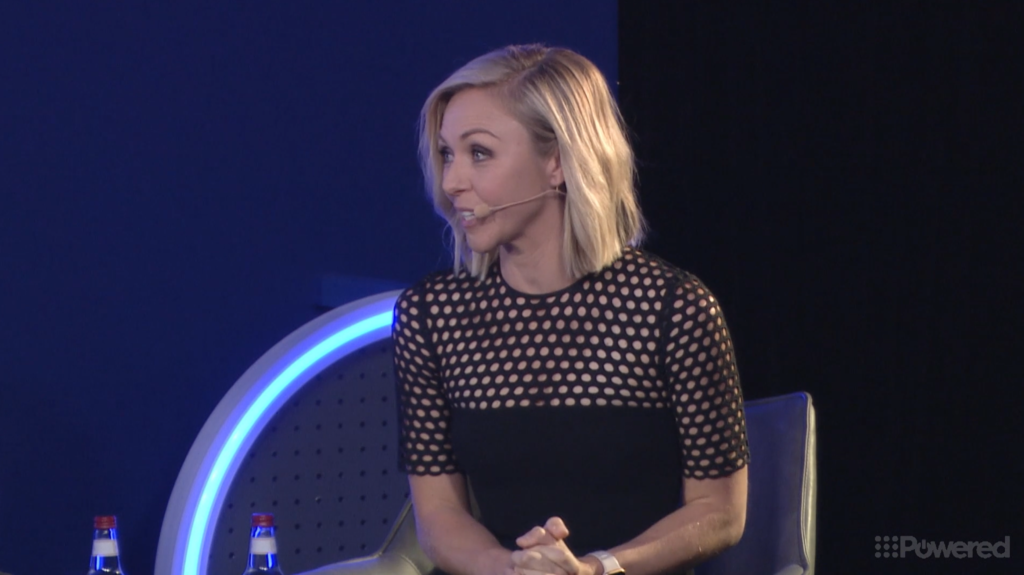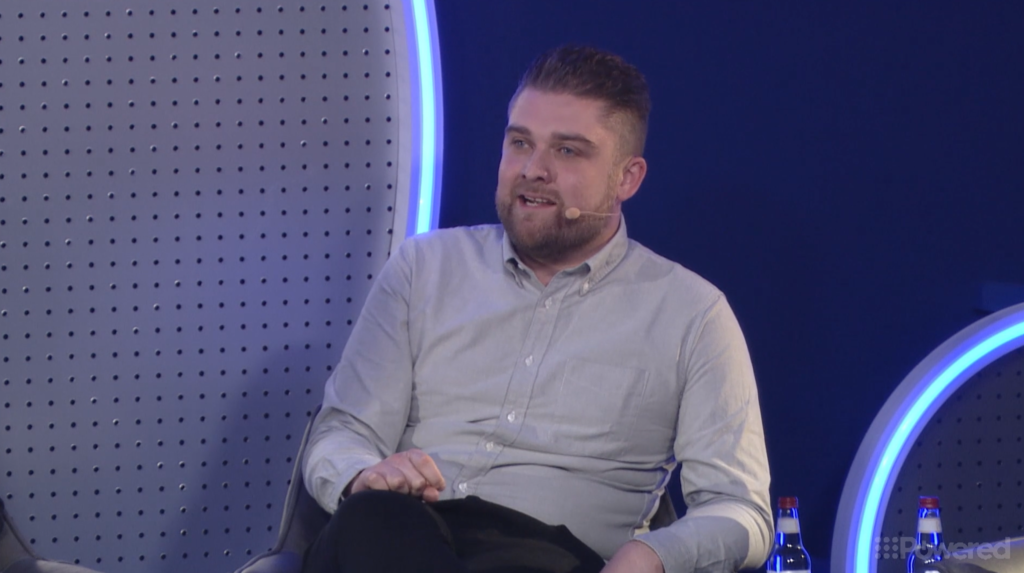Real estate is a national obsession and owning your own home is regarded as the great Australian dream. But with a crippling stamp duty tax and a deposit that takes an average Sydney couple six-and-a-half years to save, a panel of experts argue that marketers need to recognise that Australians may not automatically pursue home ownership.
Speaking on a panel discussing the Changing Australian Dream at Nine’s Big Ideas Store, Dr Nicola Powell, Senior Research Analyst at Domain, Money News host Brooke Corte and Business Insider editor James Hennessy told the room that with Australians buying their first property at an older age than ever before, we need a complete overhaul of how we view property ownership.
James Hennessy, editor of Business Insider told the room that with younger generations struggling to gain a foothold on the property ladder, marketers, brands and in particular property developers must concentrate on making renting a more desirable lifestyle option.
“Younger Australians wanting to live close to the city can only often rent due to the incredible price of inner-city property,” he said. “Renters tend to be forgotten in the property conversation. If we are willing to accept that a higher proportion of Australians will be renting then there needs to be a lot more focus on giving them liberty to be able make a house their home – can they make mild alterations like hanging pictures up on the wall, and have a pet?
“If the Australian dream of owning property is out of reach for a growing section of the population and people will be renting permanently, let’s make that a lifestyle that works.”
Money News host Brooke Corte said the generational divide was becoming quite clear.
“Our whole income support system relies on this idea that by the time we get to retirement we own our own home, and I think that’s where the generational divide of home ownership and being able to get into the market is a big conversation we need to have,” said Corte.
“If the younger generations get into retirement without owning their own home there’s not a lot of support for them. And that’s why there’s a lot of concern about the fact that the fastest growing group of homelessness is in older females. There’s some serious cultural and societal issues we need to discuss.”
Dr Nicola Powell agrees. With Sydney house prices rising by $1145 a day for the first three months of 2021, getting onto the property ladder is now harder than ever.

“The average age for an Australian to purchase their first home is 35 and that’s tracked older and older in recent years. Look at the government’s super deposit scheme where there were 10,000 places for a low deposit of 5 per cent loan, and 10 per cent of people who took up the scheme were over 40.
“We need to think about affordability differently. It’s about the type of stock we are building, and it’s about that missing level of affordability. For example, 3D printing of homes uses 30 per cent less materials than traditional building and is much cheaper. It’s being used in the US to build villages to house homeless people, but it’s also used in European countries for tenants and producing affordable housing.”
But structural change in government policy is needed, said Corte.
“If we want to talk about what government can do to help first home buyers get into the market, we need to talk about stamp duty. That is the biggest roadblock. It’s a massive cost and it has stopped older people moving out of big homes into smaller ones, and it’s stopping people getting that extra amount of money to get into the market in the first place.

“Every time I see the government coming up with an incentive for first home buyers it’s something that stimulates demand, so everyone rushes into the market and property becomes more expensive. The only incentives that will work to make things more affordable are to increase supply, and there hasn’t been a lot of focus on that.”
As editor of Business Insider, which is read by an affluent young audience, James Hennessy said developers need to step up and listen to what people want in a development post-COVID.
“Young Australians want to own a home, but what has changed is their expectation. There’s no longer an inherent expectation within young people that one day they will own a home. There’s an understanding that it’s difficult to get onto the ladder, but COVID has changed that too. As many young people were working from home they’ve realised that, sitting in a rental that was their home, study, office and gym, they do want to spread their wings a bit and move into ownership.
“But that dream of owning a quarter-acre block has definitely shifted. There needs to be more of a conversation around what type of developments and housing we’re building. Are these being targeted at first home buyers, and is it what they want in housing?”

Dr Powell said one way of addressing the insecurity of renting is taking a long-term approach.
“Not only do we have to address affordability of purchasing property, but we also have to look at our rental market. We don’t have long-term leases here, the standard is 12 months. We need to have tenants who can make their rental their home. We can learn a lot of lessons from Europe, where they have long-term leases of five or even 10 years. It’s not for everyone but it’s about having options.”
And while it’s easy to think that housing affordability ends once you’re in the market, a combination of interest rate rises and people refinancing older in life may mean choppy waters lie ahead.
“As people buy houses later in life, when you get into your 50s if you go to refinance, the banks won’t be talking about 30-year loans,” said Corte. “As that timeline [of a loan] gets squeezed in, it becomes more expensive.
“In terms of preparing for what lies ahead, we have interest rates at a record low and I saw a figure the other day that said one million people currently in the property market have never experienced a rate rise. They’ve only experienced rate cuts. People need to start preparing themselves for rate rises.”


